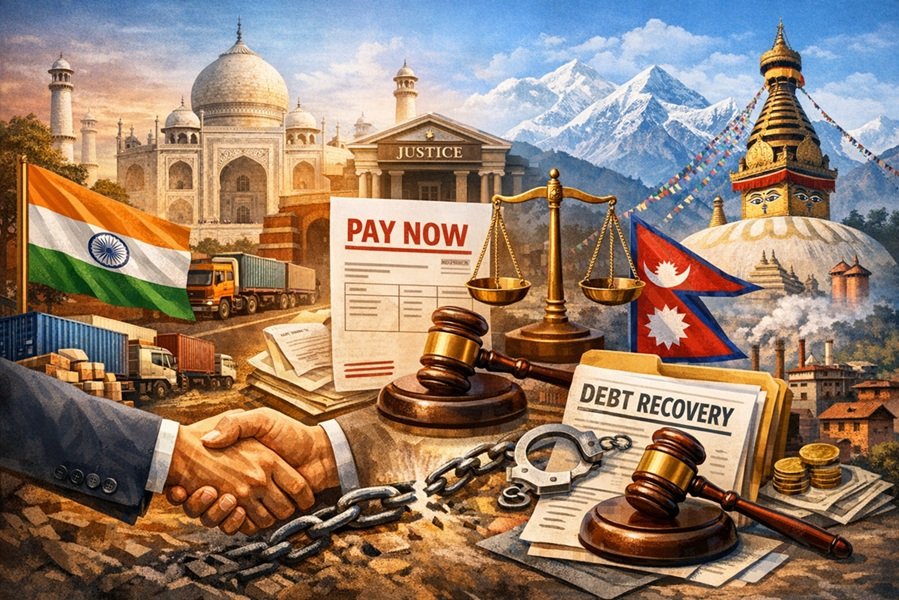
The Historic Inception of Women’s ODI World Cup: A Deep Dive into 1973
The history of women’s cricket is rich and fascinating, marked by incredible resilience, vision, and passion. A major milestone in this journey was the first-ever Women’s One Day International (ODI) World Cup, which was played in 1973—two years before the inaugural Men’s Cricket World Cup in 1975. The 1973 Women’s World Cup laid the foundation for what would become a globally celebrated event today. Let’s take an in-depth look at how this monumental tournament came to be, its significance, and its enduring legacy.
The Background: Women’s Cricket Before 1973
Cricket had been played by women for centuries before the World Cup, but it was often marginalized compared to the men’s game. The first recorded women’s cricket match dates back to 1745 in England. Throughout the 19th and 20th centuries, women’s cricket slowly grew, with organized competitions and tours. However, there were few resources, little media attention, and minimal formal structure for the sport at the international level.
Recognizing the need for a major event to promote and develop women’s cricket, a visionary idea emerged in the early 1970s: a World Cup that would bring together the best players from around the globe.
The Visionary Behind the First Women’s World Cup: Sir Jack Hayward
A key figure in the realization of the 1973 Women’s World Cup was Sir Jack Hayward, a wealthy English businessman and philanthropist. Deeply supportive of women’s cricket, Hayward generously financed the tournament, providing a much-needed financial backbone. Without his support, the tournament might not have taken place.
Sir Jack Hayward’s commitment demonstrated that with the right backing, women’s cricket could flourish on a global stage.
The 1973 Tournament: Teams and Format
The 1973 Women’s Cricket World Cup was organized by the Women’s Cricket Association (WCA) of England. Seven teams participated in this historic competition:
- England
- Australia
- New Zealand
- Trinidad and Tobago
- Jamaica
- Young England (a development side from England)
- International XI (a mixed team of players from various countries)
Notably, India did not participate because the women’s cricket infrastructure there was not fully developed at the time.
The format was a round-robin league, where each team played every other team once. The team with the most points at the end of the league would be declared the winner, without a separate final match.
Key Details:
- Start Date: June 20, 1973
- End Date: July 28, 1973
- Location: Various venues across England
Each match consisted of 60 overs per side, mirroring the men’s ODIs of that era, and all games were played in traditional white clothing with red cricket balls.
The Final Standings and Winner
England, captained by the legendary Rachael Heyhoe Flint, dominated the tournament. They won five out of six matches, only losing to New Zealand, and finished at the top of the table.
England was crowned the champions of the first-ever Women’s World Cup.
Rachael Heyhoe Flint emerged not just as a successful captain but as a pioneer and inspirational leader who had tirelessly worked off the field to advocate for the tournament’s organization.
Top Performers:
- Most Runs: Enid Bakewell (England) — 264 runs
- Most Wickets: Rosalind Heggs (Young England) — 12 wickets
The combination of strong leadership, skilled players, and a supportive environment made England deserving winners.
The Broader Impact of the 1973 World Cup
The success of the 1973 Women’s World Cup had a massive impact:
- Global Awareness: It raised the international profile of women’s cricket.
- Inspiration: It inspired young girls around the world to take up the sport.
- Foundation for the Future: It set the stage for more structured international women’s competitions.
- Historical Recognition: It proved that women’s cricket could draw crowds and generate interest, encouraging future investments.
The spirit of the tournament was captured beautifully by Rachael Heyhoe Flint, who emphasized that the tournament was not just about winning, but about “fighting for the future of women’s cricket.”
Fun Fact: Coinciding with a Landmark Year for Women
Interestingly, 1973 was also the year when many key events occurred for women’s rights globally, such as the landmark “Battle of the Sexes” tennis match between Billie Jean King and Bobby Riggs. The Women’s Cricket World Cup fit perfectly into a broader global narrative of women’s empowerment and visibility in sports.
Conclusion
The first-ever Women’s ODI World Cup played in 1973 was a groundbreaking event that forever changed the trajectory of women’s cricket. Held in England, it showcased international talent, brought attention to women’s sports, and set a precedent for the world cups that would follow.
Today, the Women’s Cricket World Cup is one of the most prestigious tournaments in cricket, watched by millions around the world. But its incredible journey began with a few bold pioneers, supportive benefactors, and passionate athletes in the summer of 1973 — a year that will always hold a special place in the history of cricket.
Explore:
- How to Buy IPL 2025 Tickets
- Who has the record for scoring the most runs in one over in Test cricket?
- Who is the First Indian to Score 100 in All International Cricket Formats?
- 30 Best Apps Like Dream11 for Fantasy Cricket (Updated 2025)
- How Many Wickets Constitute a Double Hat-Trick?
- Who was the first player to be given out by the third umpire?
- How many stumps were there in cricket originally?







